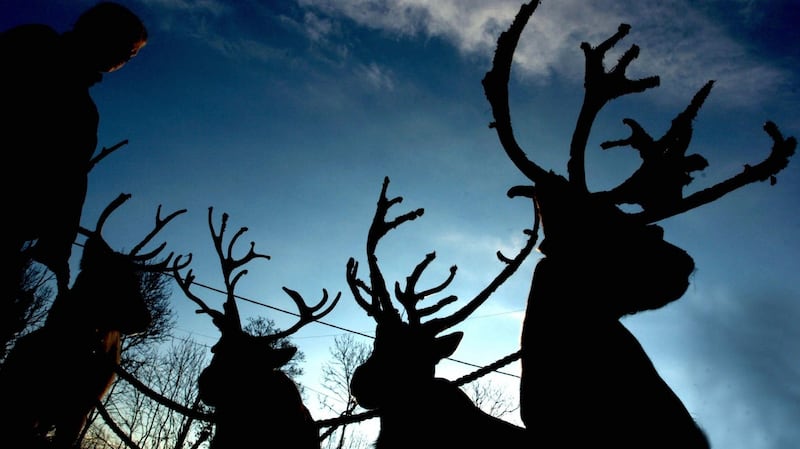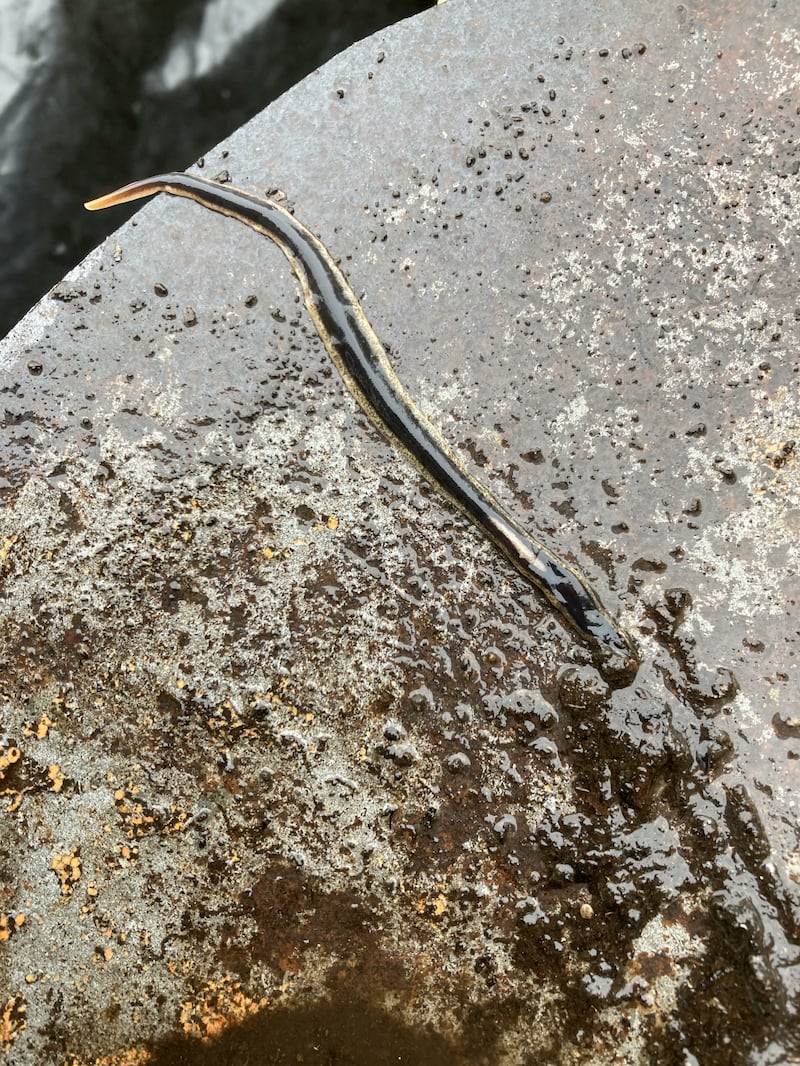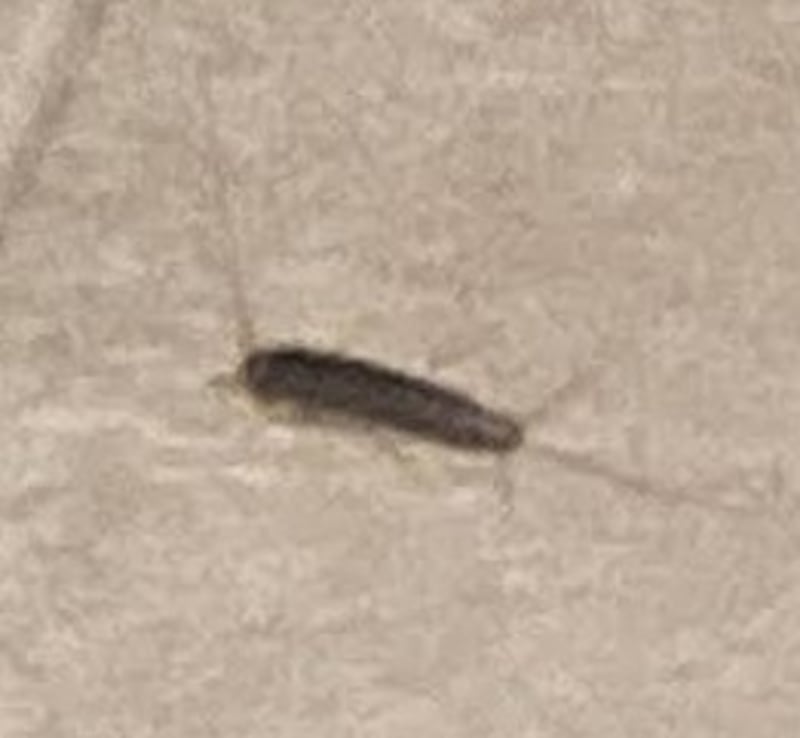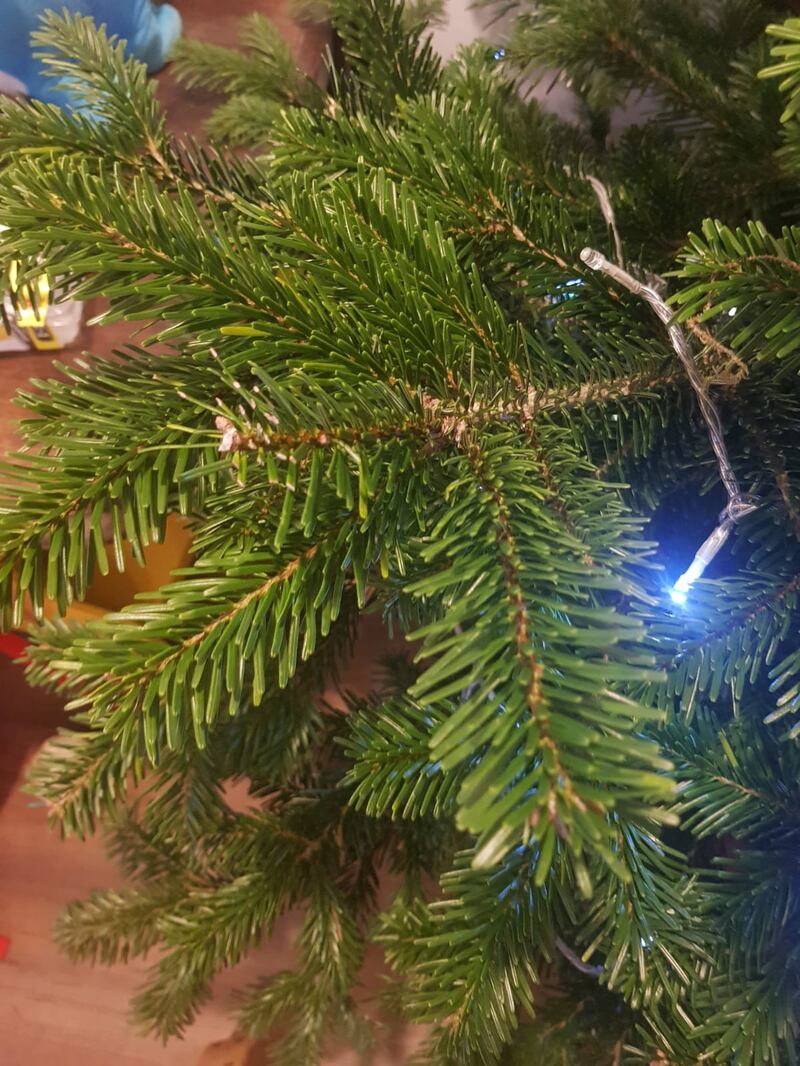These fungi suddenly “mushroomed” in my back garden, where I had a very overgrown buddleia cut back. Pádraig McCarthy, Dublin
This looks like a cluster of sulphur tuft fungus, which grows on buried wood or decaying stumps. It is in season all year and is quite common, but it is not edible.

Our red deer lose their antlers after the rut. Do reindeer lose theirs too? 3rd Class, Letterkenny, Co Donegal.
Only male red deer have antlers but in reindeer both males and females have them. Male reindeer drop their antlers in November after the mating season. Females keep theirs until their calves are born around May. So as Santy’s reindeer on Christmas Eve all have antlers, this means that they are all female – even Rudolph.
READ MORE

I found this worm-like creature in my compost heap. Could it be a New Zealand flatworm which came in in a potted plant? Gerard Kelly, Co Clare
Yes, it is indeed that nasty invasive species. The New Zealand flatworm. is in its element in the compost heap as it likes warmer soils. Cold gardens don’t suit it.

What are these creatures that crawl around the bathroom floor at night. Are they causing damage? L O’Neill, Galway
These are very primitive insects with three tails called silverfish. They have tiny silvery scales and slip through your fingers if you try to pick them up. They only live indoors, where they feed on glues, wallpaper pastes, spilled flour etc. They do no harm to our buildings and come out at night when all is quiet. Light startles them, so if you don’t like them, pause for a moment after switching on the light before going in.

Can you settle a family argument. What species is the Christmas tree? M Doogan, Co Longford
I can’t, because it all depends. Queen Charlotte, the wife of King George III, introduced Christmas trees in 1761 and she used yew. Prince Albert popularized it in the 1840s and he used spruce trees. There is no rule except it must be an evergreen. It can be pine or spruce or, as in your case, a fir tree.
Please submit your nature query, observation, or photo with a location, via www.irishtimes.com/eyeonnature













